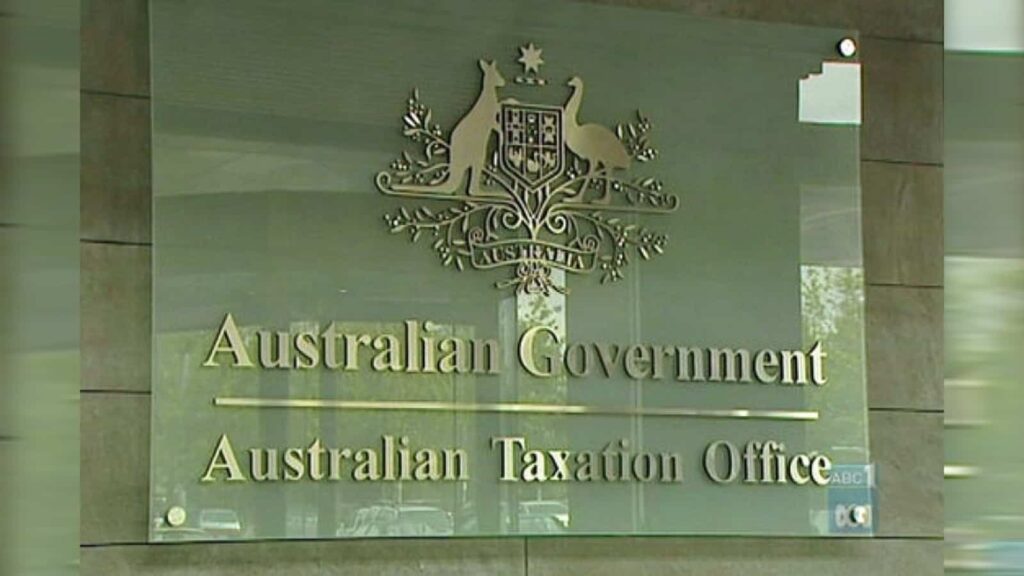The calculation of income tax depends on various factors such as your actual income, tax residency status of the individual, and deductions and offsets that you are eligible for. In general, the following steps can be followed to calculate your income tax:
- Determine your taxable income:
This includes all sources of income such as salary, business income, rental income, capital gains, etc. Certain deductions and exemptions are allowed to be subtracted from your taxable income, such as contributions to a pension plan, medical expenses, and others.
- Determine your tax residency status:
This will determine which tax laws and tax rates apply to you. For example, if you are a resident of the United States, you will be taxed on your worldwide income, whereas, if you are a non-resident, you will be taxed only on your income earned within the United States.
- Look up the tax brackets and tax rates:
Tax brackets and tax rates vary depending on your taxable income and tax residency status. The tax brackets define the range of income that is subject to a specific tax rate. In the United States, for example, there are seven tax brackets with tax rates ranging from 10% to 37%.
- Calculate your taxes owed:
To calculate your taxes owed, multiply your taxable income by the applicable tax rate. Then, subtract any tax credits or deductions that you are eligible for.
How to Calculate Income Tax in Australia
The calculation of income tax in Australia is done using a progressive tax system, which means that as your income increases, the tax rate you pay also increases. Here are the general steps to calculate your income tax in Australia:
- Determine your taxable income:
This includes all sources of income such as salary, business income, rental income, and capital gains. You can also claim deductions for expenses related to earning your income, such as work-related expenses, and the cost of managing your tax affairs.
- Look up the tax brackets and tax rates:
The tax brackets and tax rates in Australia are determined by the Australian Taxation Office (ATO). The tax brackets and tax rates for the 2022-2023 financial year are as follows:
- Taxable income up to $18,200: Tax-free
- Taxable income between $18,201 and $37,000: 19 cents for each $1 over $18,200
- Taxable income between $37,001 and $90,000: $3,572 plus 32.5 cents for each $1 over $37,000
- Taxable income between $90,001 and $180,000: $20,797 plus 37 cents for each $1 over $90,000
- Taxable income over $180,000: $54,097 plus 45 cents for each $1 over $180,000
- Calculate your taxes owed:
To calculate your taxes owed, add up all your taxable income and then subtract any deductions that you are eligible for. Then, use the tax brackets and tax rates to determine the amount of tax you owe.
- Deduct any tax offsets:
Tax offsets, also known as rebates, can reduce the amount of tax you owe. For example, if you are eligible for the Low Income Tax Offset, this can reduce your tax liability.
It’s important to note that these steps are a general guide, and the calculation of your income tax may be more complex depending on your specific circumstances. I would recommend consulting a tax professional or using reliable tax software to ensure that your taxes are calculated accurately.



